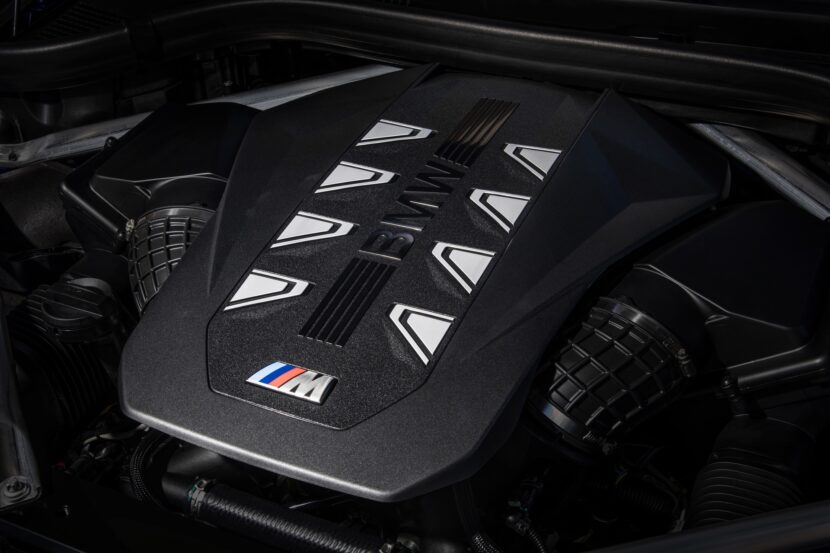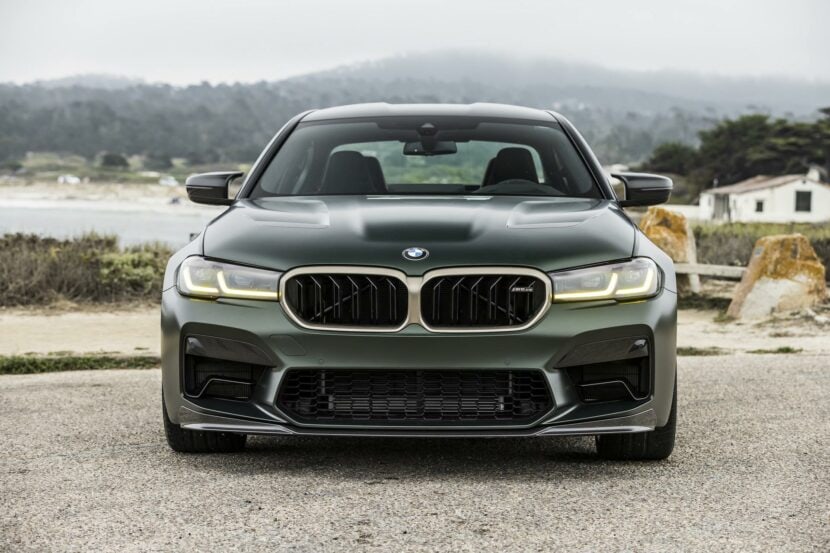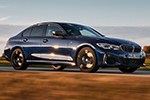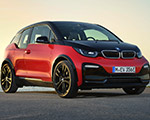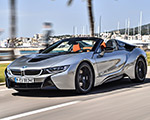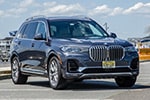The current M5 is a plug-in hybrid. It isn’t the first BMW M car to hybridize; it probably won’t be the last. Defenders of the hybrid super sled will point at its truly colossal 717 horsepower. They’ll tout its eminently practical 25-mile electric range (40 miles in our own test). They’ll say it’s quick as hell, and more comfortable around town than the last M5, too. And all of that would be true. But there’s also a number of asterisks pockmarking those accolades. For one, it’s 1,000 pounds heavier than the previous one, reducing braking effectiveness and overall nimbleness. And, while quick, it is demonstrably less quick than the F90 M5 that preceded it.
There’s no doubt that the G90 M5 is an exceptional vehicle. It’s hard, perhaps impossible, to debate that. But we can’t help but feel that BMW might have left a little bit on the table with this generation. Perhaps missing an excellent opportunity — the chance to build on the F90 M5’s true brilliance. It was a nearly impossible act to follow made doubly impossible by a world of tightening emissions restrictions. But there was one road forward that could’ve gotten us the best of all worlds: a mild hybrid M5.
The Mild Hybrid M5 We Want Can Replace the Hybrid M5 BMW Loves
Wondering how a new version of the M5 might be able to drop some weight without losing a lot of what makes an M5 an M5? We present: the S68 V8 engine. BMW already uses it in the G90 M5, but it shows up in a lot of other places, too. For example, the M60i trim lines of the X5 and X7. There, it acts only as a mild hybrid; no plugging-in required. It’s also Euro 7 compliant, making it relatively future proof.
As far as simple and — dare we say it — no-brainer fixes go, we think this is a bit of a slam dunk. We’re oversimplifying, but yanking the big bad batteries out of the M5 seems fairly trivial compared to designing a car from scratch to accommodate a new powertrain. Losing the batteries would cost the car a bit of power — but we don’t think M5 drivers will mind, because it will also contribute to a significant amount of weight loss. We believe that by dropping the large battery pack, BMW could easily drop 300 to 400 kilograms. Since the S68 utilizes 48-volt mild hybrid tech, it would still churn out mid-600s horsepower or so. Which, we contend, would satisfy any M5 buyer.
A mild hybrid M5 is also still different enough — in styling, powertrain, and interior tech — from the F90 M5 it replaced that it could still be considered an evolution — not a step back. The G90 M5 could still be marketed as the “first-ever hybrid M5,” (it would be) and would still have the “edge” in screen real estate and tech. It also has rear-wheel steering, a trick the F90 M5 never got. The mild hybrid M5, therefore, would still represent forward motion, avoiding any possible “egg on face” scenario.
The Mild Hybrid M5: Lighter and Nimbler…But Could it Happen?
Ultimately, a mild hybrid M5 ends up less powerful but less cumbersome than the current plug-in version. While the G90 is no doubt impressive — even on the track — we think most M5 drivers would be okay with lower power and lower weight. After all, there are no shortage of cars that go extremely fast in a straight line. The M5’s charms have always been decidedly more nuanced. For better or worse, BMW set the bar high with the F90 — we’re not sure the G90 faithfully carries on the tradition.



